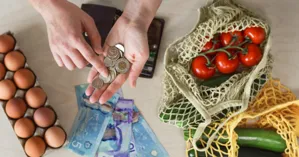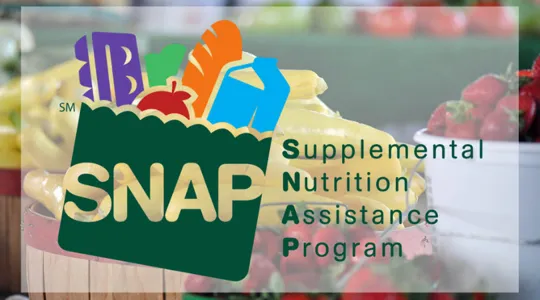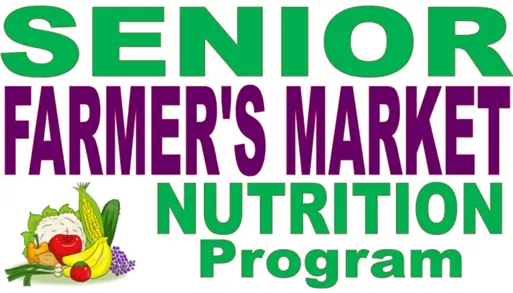
One in three adults over 65 has an income below the federal poverty level, so affording nutritious food is often a problem. However, there are programs that can help, including financial assistance from government initiatives aimed at supporting seniors. Additionally, food assistance programs such as SNAP benefits, Commodity Supplemental Food Program, and Seniors Farmers Market Nutrition Program help seniors access nutritious food. Here are five grocery stimulus programs available to seniors.
1. The Commodity Supplemental Food Program

The Commodity Supplemental Food Program (CSFP), also known as the Senior Food Box Program, provides monthly food packages at no cost to enrollees. The Department of Agriculture distributes surplus commodity food to the states who administer it. The states then partner with public and nonprofit organizations to assemble and distribute the food. Items in the box include shelf-stable meat, vegetables, fish, fruit, dry beans, cereal and more.
2. The Supplemental Nutrition Assistance Program

The Supplemental Nutrition Assistance Program (SNAP) is a federal program that provides a monthly cash stipend. Once called Food Stamps, it is distributed via an Electronic Benefits Transfer (EBT) card. Recipients use it to purchase groceries. The benefit can exceed $100, depending on the need, and it helps low-income individuals and families buy healthy food from qualifying grocery stores.
3. Local Food Banks

If you live on a fixed income, visit a food bank run by local communities. Go to the food bank before grocery shopping, and then supplement your shopping with what the food bank gave you. You can visit more than one food bank. Locate the nearest by visiting Feeding America’s website. Type your zip code into the search bar to find the one nearest you. If you don’t have a computer, most libraries will have one available for you to use.
4. The Seniors Farmers’ Market Nutrition Program

The Seniors Farmers’ Market Nutrition Program (SFMNP) is funded by the Farm Bill and is administered in partnership with the states. It helps limited-income seniors buy fresh, locally grown vegetables, fruits, herbs and honey from local farmers markets and roadside stands. Community supported agriculture programs (CSAs) also participate. If you’re enrolled in SNAP, you qualify for SFMNP. EBT cards can be used at these markets.
5. Home -Delivered Nutrition Program

The most known grantee of this program is Meals on Wheels. The Home-Delivered Nutrition program provides funding for community-based organizations like Meals on Wheels to prepare and distribute free or low-cost grocery delivery services to eligible seniors. Generally, there are no income requirements to qualify. Participants must be over 60 and at risk of losing their independence. Contact your local Agency on Aging organization to see if you qualify. To find it, visit Elder Locator online and enter your zip code. You can also visit Meals on Wheels.
Conclusion
Grocery stimulus programs are set-up to really help those in dire need and that are having troubles making ends meet and providing good, nutritional value. You may have noticed we didn’t mention the $900 stimulus for seniors. The $900 grocery stimulus for seniors is fake. The legitimate grocery stimulus programs are mentioned above. There's also other programs outside of stimulus for seniors like an electronic benefit transfer, food assistance program, or medicare grocery allowance seniors should look into. If you know someone who needs a grocery stimulus and is a senior citizen, reach out to some of these programs above and get help.





